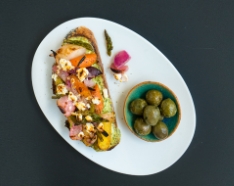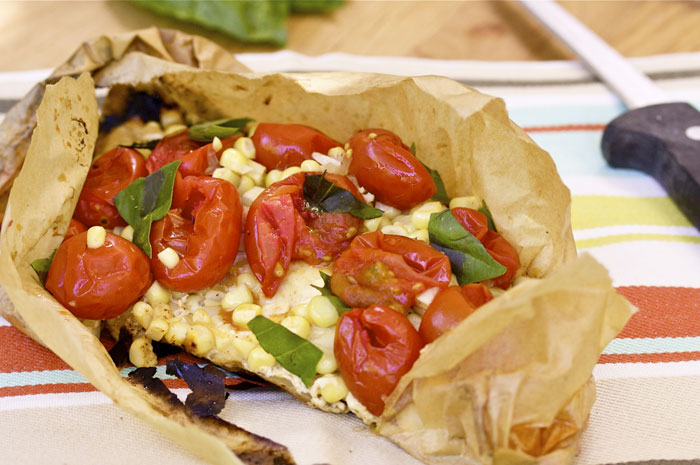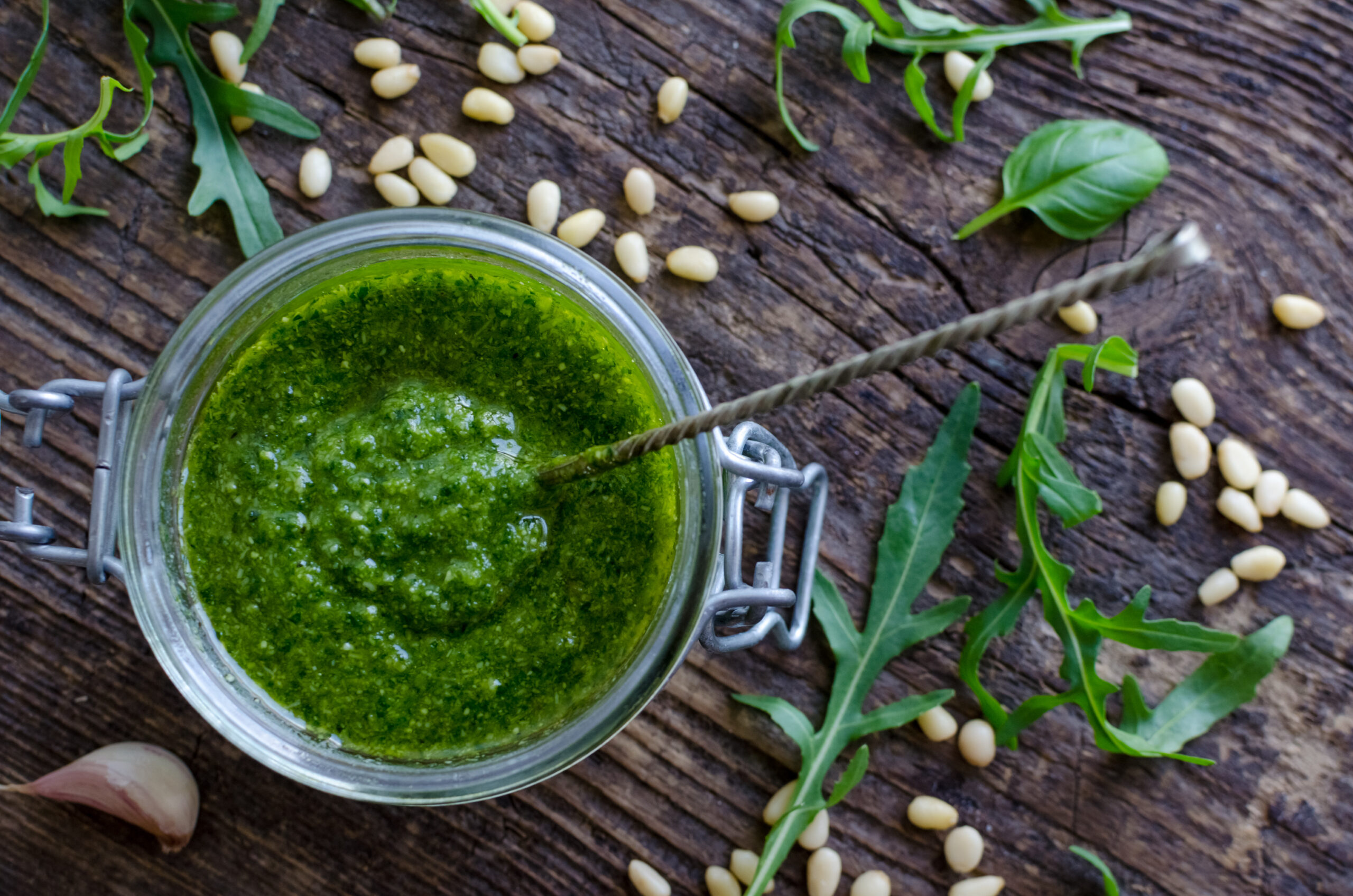The first two months of 2011 have been busy for the USDA when it comes to approving genetically engineered (GE, also called genetically modified organisms or GMO) crops. At the end of January, the agency deregulated GE Roundup Ready alfalfa, followed a week later by the partial deregulation of GE sugar beets and deregulation of GE ethanol corn a week after that. Approval of GE alfalfa, in particular, created a firestorm of controversy in the organic community.
 In December, when the USDA was considering deregulating GE alfalfa, the agency organized a “coexistence forum” for the various stakeholders to discuss measures to safeguard organic and non-GE conventional alfalfa while at the same time allowing farmers to grow the GE stuff. Attendees included representatives from the USDA, members of NGOs (among them, the Union of Concerned Scientists, the Center for Food Safety and the Cornucopia Institute), industry groups (such as the Biotech Industry Organization and the Organic Trade Association) and industry members (Monsanto, alongside Stonyfield Farm, Whole Foods and others).
In December, when the USDA was considering deregulating GE alfalfa, the agency organized a “coexistence forum” for the various stakeholders to discuss measures to safeguard organic and non-GE conventional alfalfa while at the same time allowing farmers to grow the GE stuff. Attendees included representatives from the USDA, members of NGOs (among them, the Union of Concerned Scientists, the Center for Food Safety and the Cornucopia Institute), industry groups (such as the Biotech Industry Organization and the Organic Trade Association) and industry members (Monsanto, alongside Stonyfield Farm, Whole Foods and others).
At the time, Agriculture Secretary Tom Vilsack made it clear that biotech crops are here to stay. “We see biotechnology as a key component of U.S. ag production, and a powerful means to increase agricultural productivity, as well as sustainability and resilience to climate,” he told attendees. “At the same time, there must be a recognition that the organic sector is one of the fastest-growing segments of U.S. agriculture.”
Participation of some of the organic industry’s biggest players led Ronnie Cummins, national director of the Organic Consumers Association, to label them “Monsanto’s Minions.” Stonyfield’s CEO Gary Hirshberg countered that since the USDA was going to deregulate GE alfalfa anyway, it was crucial for organic interests to be represented as the USDA considers coexistence. That didn’t stop Hirshberg and others who were at the USDA meeting from later signing the “We Stand United in Opposition of GE Alfalfa” petition, which calls the USDA “a rogue agency in its regulation of biotech crops.”
When the USDA approved GE alfalfa, it released its plans to foster “constructive coexistence.” Measures include steps to preserve the purity of non-GE alfalfa seed, developing stewardship practices to prevent contamination and “assisting cooperation” among GE and non-GE alfalfa producers. There’s no timeline attached to these measures, and it’s unclear what kind of role the USDA might play in monitoring and enforcing any policies beyond research, advice and voluntary audits–or how those policies might apply to other crops. In the meantime millions of acres are being planted with GE crops. For example, the USDA is allowing GE sugar beets to be planted even though the final Environmental Impact Statement isn’t due until next year.
One question that stands out is whether such coexistence is practical.
“That depends on what you mean by ‘coexistence,’” says Fred Kirschenmann, distinguished fellow at the Leopold Center for Sustainable Agriculture at Iowa State University and a member of the board of directors for the Organic Seed Alliance. He also participated in the USDA’s December meeting on GE alfalfa. “If one means that both varieties (GMO and organic) can exist on the same planet without any cross-contamination, then the answer is clearly is ‘no.’ One cannot isolate a living organism in nature.
“Proposing coexistence based on no contamination isn’t feasible, since that genie is already out of the bottle.”
Kirschenmann says that leaves “coexistence” based on planting crops far enough apart to minimize contamination, compensating organic farmers whose crops are contaminated by GMOs and, of course, the cooperation of all the concerned parties. But just the idea of planting GE crops far enough apart is daunting.
“There would need to be strict distance between crops,” says Kirschenmann. “Such distances would need to be established for each crop–insect- and wind-pollinated crops would need much greater distances.” (That would certainly be the case for alfalfa, which is pollinated by bees, as well as corn–another common GE crop–which is wind-pollinated.) Farm equipment, as well as processing, manufacturing and seed facilities, would also need to be strictly segregated, he adds.
The recent deregulation of GE ethanol corn raises additional concerns. That corn is approved for industrial use for biofuel, but it could easily contaminate food corn crops. “There is no way to protect food corn crops from contamination by ethanol corn,” says Margaret Mellon, director of the Union of Concerned Scientists’ Food and Environment Program. “Even with the most stringent precautions, the wind will blow and standards will slip. In this case, there are no required precautions.”
Albert Straus, president of Straus Family Creamery, knows firsthand how easily organic crops can be tainted. In a statement protesting the deregulation of GE alfalfa, he noted that “because bees routinely fly up to five miles from their hives to pollinate plants, it is impossible for farmers to prevent contamination of organic or conventional alfalfa crops from genetically modified pollen.” And because alfalfa is the key feed for organic dairy cows, that threatens the integrity of all organic dairy products.
Straus Family Creamery began voluntarily testing organic cattle feed for GMOs in 2006 after discovering it had purchased some organic feed that had been inadvertently contaminated.
GE crops come with serious environmental and potential health concerns. But ultimately, says Kirschenbaum, the issue boils down to property law. “Property rights work two ways: In this case, farmers have the right to use their property to grow GMO crops. On the other hand, organic and non-GMO farmers have the right to grow crops without being interfered with by GMO crops. Courts have waxed and waned on such issues, so it’s difficult to tell how the Supreme Court would rule.”
What You Can Do
Oppose GE crops? Here are some steps you can take:
- Buy certified-organic food. According to the USDA’s standards, certified organic food cannot contain GMOs.
- Look for products with the Non-GMO Project Verified seal. These have been tested and vetted by a third party to be GMO-free. (This is the verification program used by Straus Family Creamery.)
- Support the Center for Food Safety’s legal fund to challenge GE crops in the courts.They're suing the USDA for deregulating alfalfa.
- Lodge your protest with the White House through Food & Water Watch.
- Contact your representatives in the House and Senate to voice your opposition to GMOs. It’s working in the case of GE salmon–in recent weeks, bills to block the fish have been introduced in the House and Senate. [UPDATE: As of November 2015, the FDA approved GE fish for consumption.]
- Let your favorite retailers know that you prefer GMO-free food. Consumer activism may go a long way toward keeping GMOs off store shelves, as in the case of Friends of the Earth's Campaign for GE-Free Seafood.















